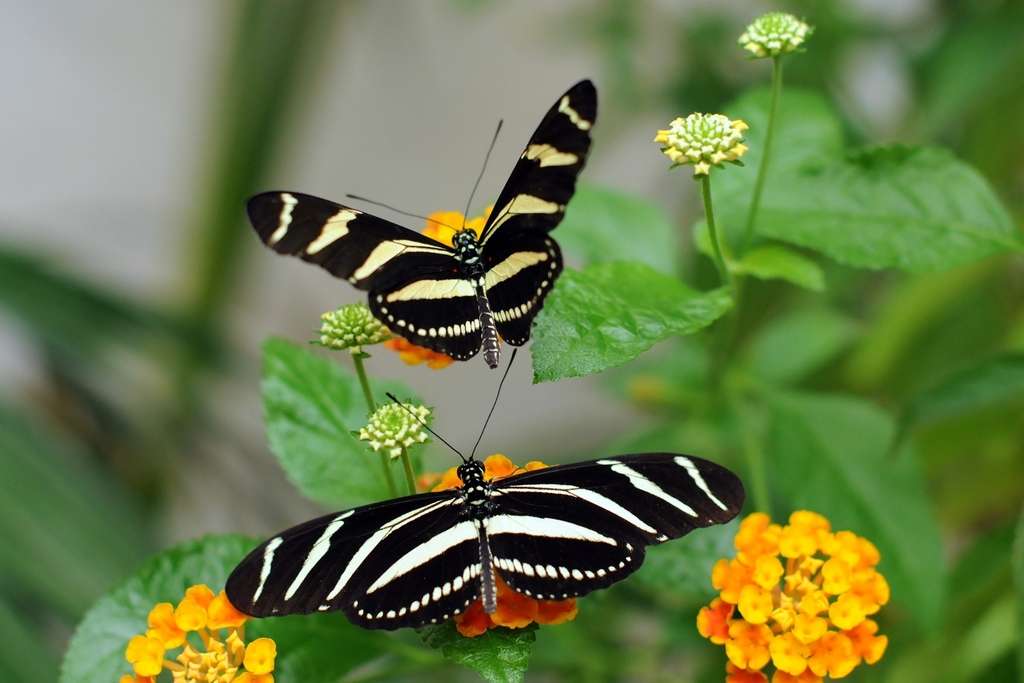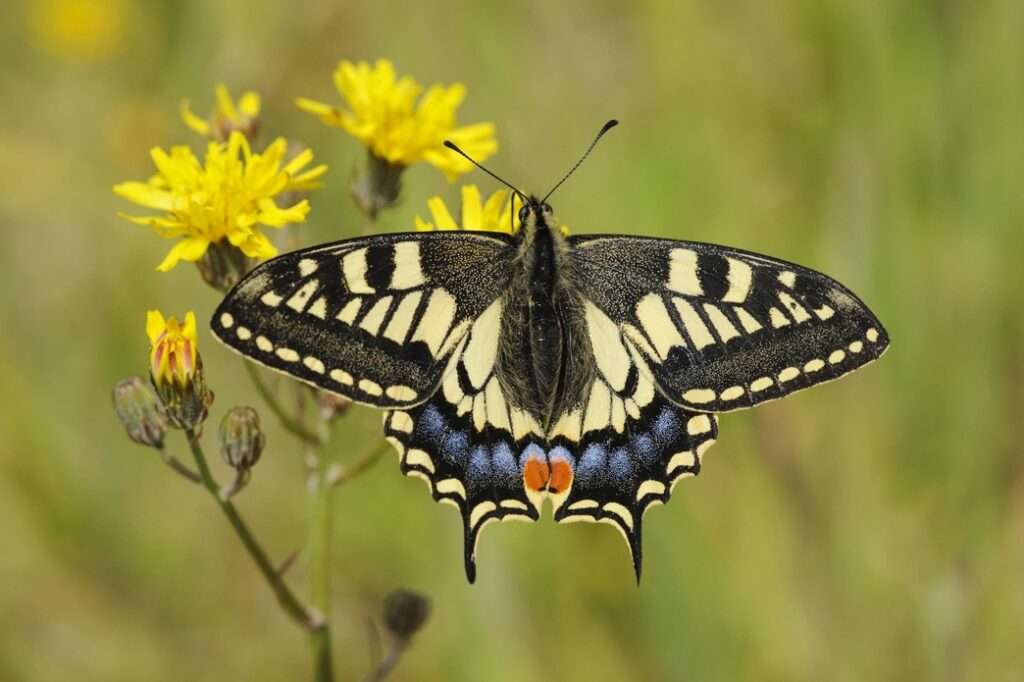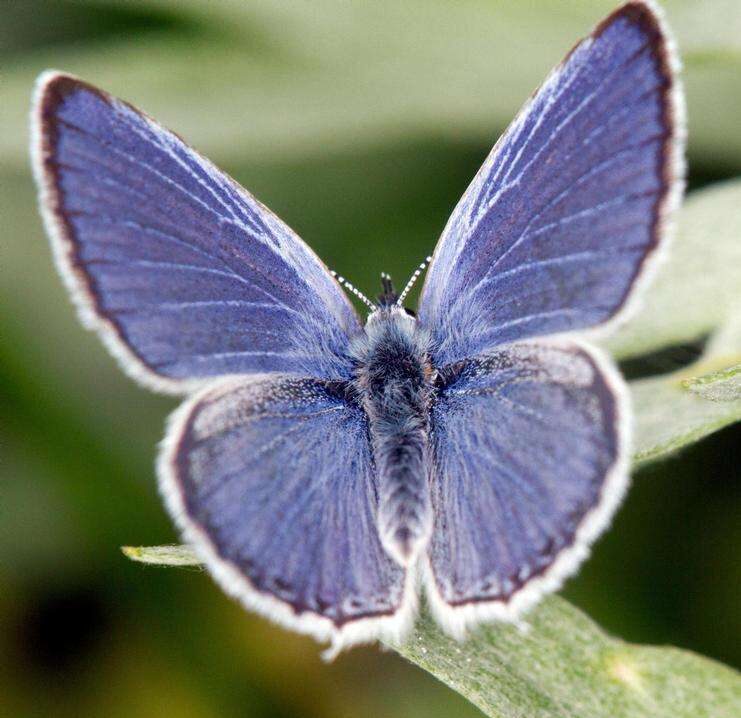
The butterfly species Heliconius charithonia, often known as the zebra longwing or zebra heliconian, is a member of the subfamily Heliconiinae of the family Nymphalidae. Carl Linnaeus wrote the first description of it in his Systema Naturae, 12th edition, published in 1767.
Amazing Facts
- Zebra Longwings have an extraordinarily long lifespan, and instead of the standard 1-2 weeks that most butterflies have as adults, they can live for more than a month.
- The aposematic black and white wing pattern is strongly striped and serves as a predator deterrent.
Appearance
The caterpillars have numerous black spikes all over their bodies and are white with black markings. Adult butterflies have lengthy, monomorphic wings and are of a medium size. The wings have a black dorsal side with thin white and yellow lines, and a ventral side with a milder pattern and red specks. The wingspan is between 72 and 100 mm.

Diet
Like most other butterflies, the adults of heliconian butterflies consume the nectar of flowers, but they also have the unique ability to consume pollen. The heliconian butterfly can consume both nectar and pollen, unlike most butterflies who can only drink liquids with their specialized mouth pieces.
Predator
Predators of the zebra longwing include various insects, animals, and amphibians.
Habitat
This species is widespread throughout Mexico and Central America, as well as most of Florida and a few locations in Texas, where it can be seen all year long. Tropical regions that are warm and wet are home to the zebra longwing butterfly. It frequently inhabits hammocks and thickets.
Table





